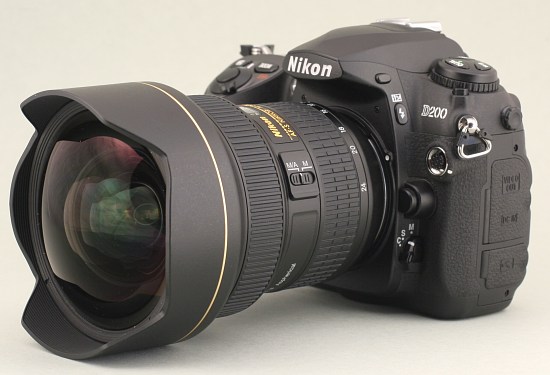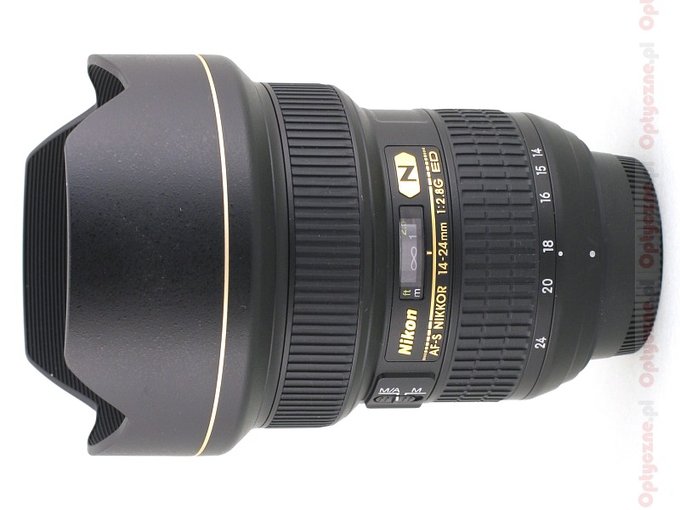Nikon Nikkor AF-S 14-24 mm f/2.8G ED
1. Introduction
The launch of new Nikon devices in August was undoubtedly a well though-out event; I guess plenty of people were surprised by the sheer number of novelties. The first Nikon full frame digital reflex camera saw the light of day. As Nikon has promoted its DX format so far and most of latest launches were designed for that format, with the introduction of full frame (marked with the FX symbol) it was necessary to also catch up in the full frame instruments department.
With the D3 camera we also saw the real armada of classic journalistic lenses: the14-24 mm f/2.8, the 24-70 mm f/2.8 and three fast stabilized zoom lenses with the focal lengths of 400, 500 and 600 mm. Every professional photographer who bought a D3 now can also possess three Nikkors covering the focal range from 14 mm to 200 mm, with the f/2.8 aperture available all the time. No other system offers us so much. It’s worth noticing that Nikon beat Canon with this move; the latter’s new products included, among others, of a revamped version of the L-series 16-35 f/2.8 and the fixed focal 14 mm f/2.8 instrument.
Please Support UsIf you enjoy our reviews and articles, and you want us to continue our work please, support our website by donating through PayPal. The funds are going to be used for paying our editorial team, renting servers, and equipping our testing studio; only that way we will be able to continue providing you interesting content for free. |
- - - - - - - - - - - - - - - - - - - - - - - - - - - - - - - - - - - - - - - - - - - - - - - -
One glance at the current situation on the market can indicate that Nikon set really high standards. Its D3, a very fast-shooting camera, with the 14-24, 24-70 and 70-200 VR lenses gives us the fields of vision range from over 114 to 12 degrees – something no professional would be averse to. If you want to get the same effect on the full frame Canon 1Ds MkIII you have two lenses available right now: the L-series 24-70 and 70-200 IS. Wide angle would be more problematic, though, because here Canon offers just the aforementioned 16-35 f/2.8 which, at the shortest focal length, gives 107 degrees so significantly less than the Nikkor 14-24. If we want to have a fast-shooting camera you must buy the Canon 1D MkIII equipped with an APS-H size sensor on which the 16-35 mm gives “only” 94 degrees. If a Canon fan wants to get as wide fields of view as it is possible with the D3 plus 14-24 mm set he/she must look for help elsewhere and grab the Sigma 12-24 mm but still with that device he/she won’t get such a good fastness.
We were very pleased indeed when the Nikon Poland company gave us a call and offered lending the Nikkor 14-24 mm for our tests. Manufacturing a zoom lens with the field of view of as many as 114 degrees with the fixed aperture of f/2.8 is no mean feat. We were very curious how the constructors from Nikon performed such a task and we didn’t fail to check it as soon as we had the occasion.
You are also invited to get acquainted with our test procedure, described in the article "How do we test lenses?" If you feel it’s still not enough, please go to our FAQ section where you can find some further explanation.
 |







